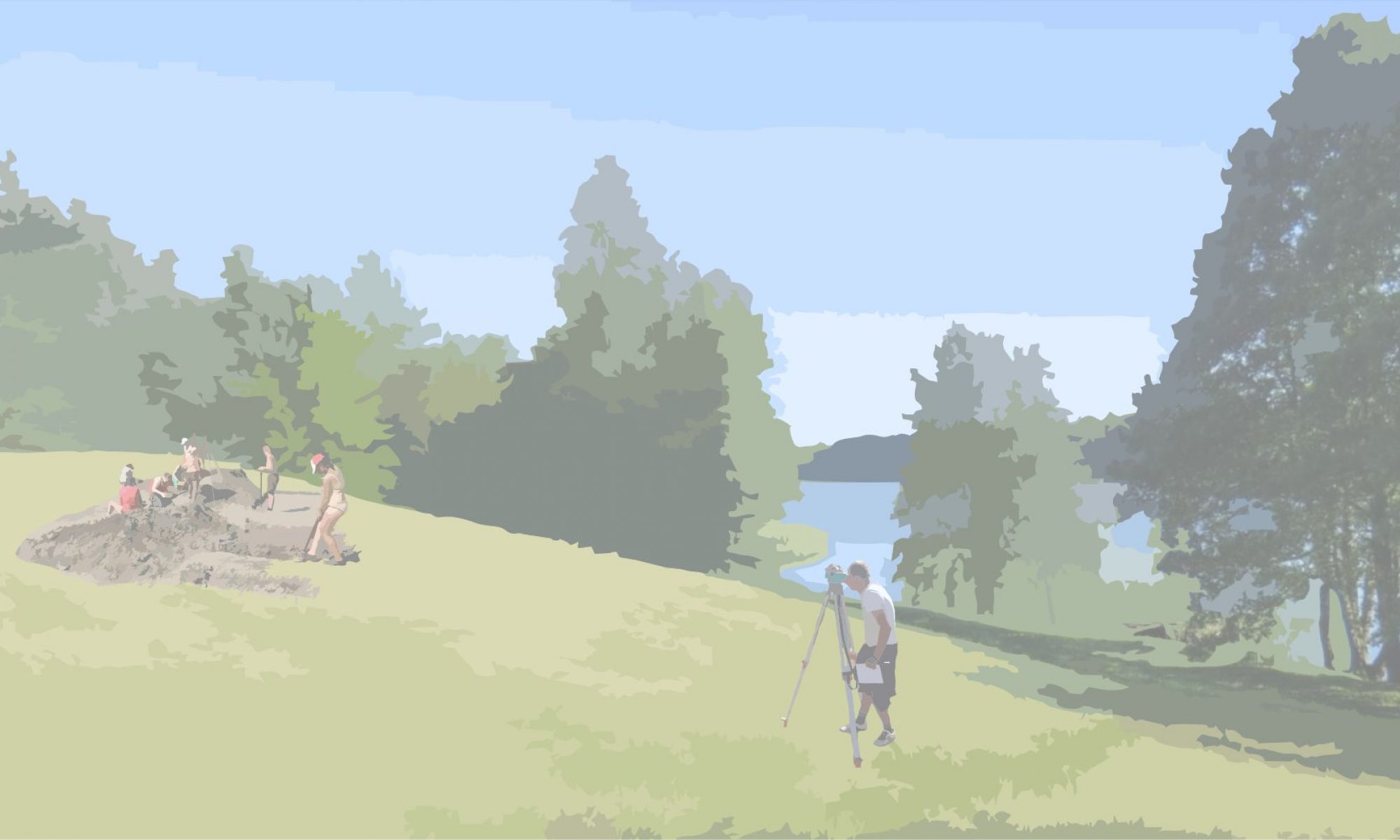In the latest issue of Archaeologia Polona a new article concerning treatment and use of non-flint stone raw materials found on site 17 in Nowogród was published- “Late Palaeolithic and Mesolithic Treatment and Use of Non-flint Stone Raw Materials: Material Collection From Site 17 at Nowogród, Golub-Dobrzyń District, Poland”. All interested are warmly invited to read:)
Osipowicz G., Chachlikowski P., Orłowska J., Kasztovszky Z., Siuda R., Weckwerth P.2018. Late Palaeolithic and Mesolithic Treatment and Use of Non-flint Stone Raw Materials: Material Collection From Site 17 at Nowogród, Golub-Dobrzyń District, Poland. Archaeologia Polona, Vol. 56 (2018): Characteristics and distribution of siliceous rocks in prehistory (edited by Dagmara H. Werra and Iwona Sobkowiak-Tabaka), Pages 103-125.
Abstrakt:
The aim of the article is to present the results of a multifaceted analysis of a collection of
non-flint stone artefacts obtained during excavations of the complex of Late Palaeolithic camps
at site 17 in Nowogród, Golub-Dobrzyń district. It included an obsidian artefact and objects
made of crystalline rocks (quartzite, quartzite sandstone, quartz, coarse sandstone and diorite),
which were created as a result of knapping the raw material using techniques similar or identical
to those used during the processing of flint. The results of petrographic analysis confirmed that
these raw materials had come from natural resources located near the site. Most of the analysed
artefacts are represented by large flakes. In addition, one chip and two tools, a multiple burin
and a pebble tool, were distinguished. Use-wear analysis showed signs of use on two artefacts,
including the pebble tool. The obsidian artefact is currently the northernmost Late Palaeolithic
find of this type. In order to determine the geological source of the raw material, the artefact was
subjected to PGAA and XRF analysis. PGAA analysis confirmed that the obsidian originated
from a source in northern Slovakia (Carpathian 1 type), probably from the Cejkov or Kašov
deposits, Trebišov district. The article also describes a rock crystal and a probable concretion of
quartz of this type originating from site 6 in Ludowice, Wąbrzeźno district.
